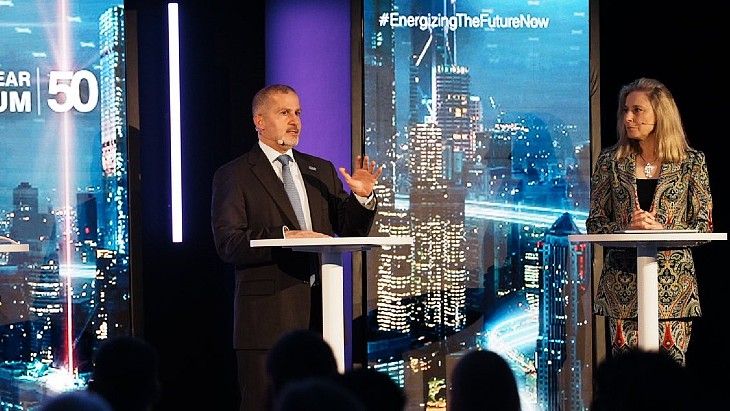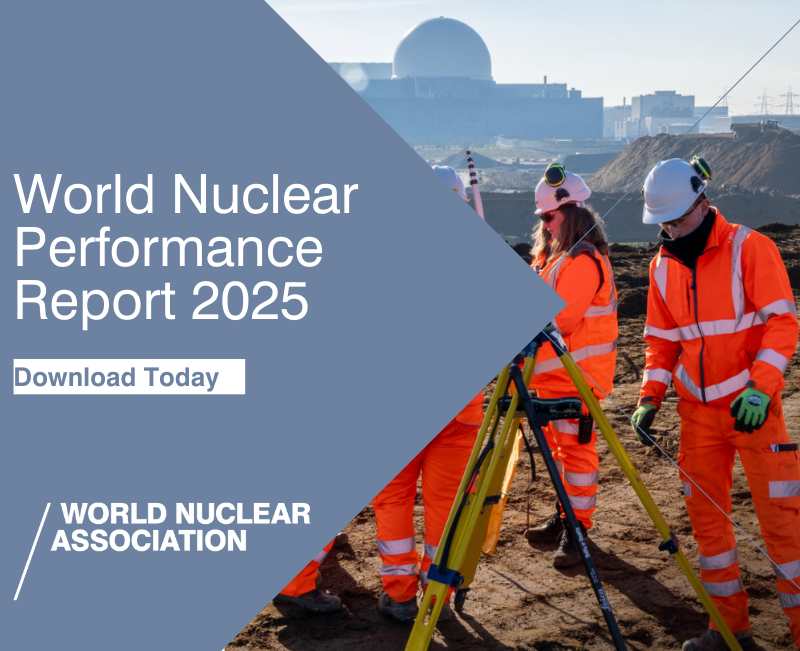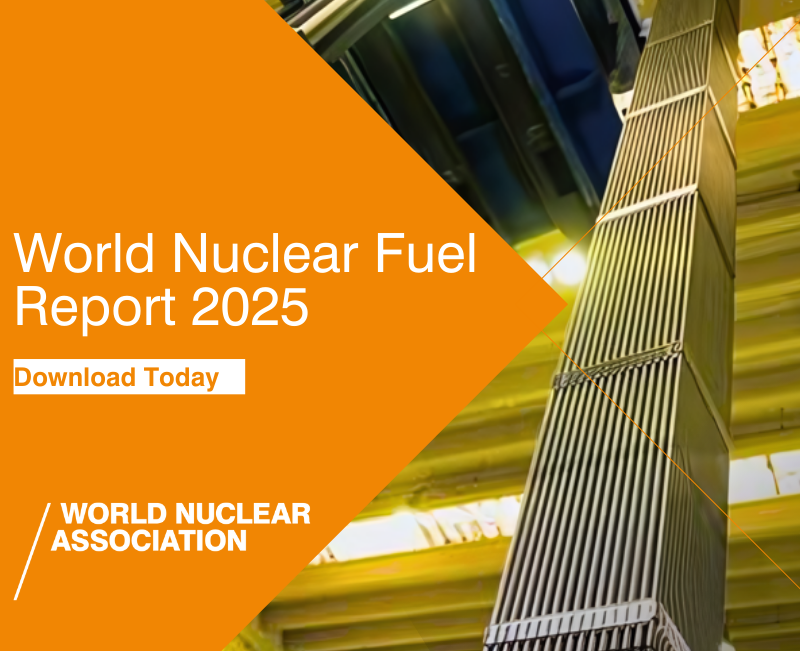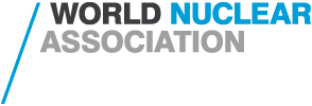The 2025 Integrated Resource Plan (IRP) - filed on 31 January with the Georgia Public Service Commission (PSC) - details the company's plan to meet the energy needs of customers and support the state's expected continued extraordinary growth. In the plan, the company has proposed necessary investments in its generation fleet and transmission system to help ensure Georgia Power can continue to provide its customers with "the reliability and resiliency they deserve and expect, as well as demand-side and customer programmes".
Over the next six years, Georgia Power projects about 8200 MW of electrical load growth – an increase of more than 2200 MWe in peak demand by the end of 2030 when compared to projections in the 2023 IRP Update, which was approved by the Georgia PSC in April 2024.
The company said it has "identified opportunities to upgrade several of its existing nuclear units to provide additional capacity. This additional baseload energy can aid in meeting growing capacity needs without the need for incremental transmission system investment".
Georgia Power - a subsidiary of Southern Company - is proposing extended power uprates (EPU) upgrades at units 1 and 2 of its Vogtle nuclear power plant and units 1 and 2 at its Hatch plant. Between 2028 and 2034, it plans to add a total of an additional 112 MWe of capacity at the four units: 27 MWe each at Vogtle 1 and 2; 30 MWe at Hatch 1 and 28 MWe at Hatch.
Extended power uprates involve significant modifications to major plant equipment to increase the thermal output of the reactor. "The EPU process includes an extensive analysis of plant systems and components to verify the capability and identify needed modifications to support the power upgrade at each facility," Georgia Power said.
For the Hatch units, the company is also planning to complete a necessary upgrade to boiler water reactors (BWRs) called the 'Maximum Extended Load Line Limit (MELLA+)' enhancement. This increases capacity by allowing for higher thermal power without increasing core flow to support EPU for BWRs. In addition to the upgrades described above, the company is considering an option for Vogtle units 1 and 2 that would transition the outage window to a 24-month cycle. This upgrade would extend unit runtimes and decrease the number of refueling outages across the fleet.
Georgia Power said it is working with the US Nuclear Regulatory Commission (NRC) as a part of the required review and licensing process. The NRC will review the licence amendment request that contains the detailed analysis to support the power upgrades and concur with approval to allow the upgrade of each facility.
Nuclear new build possible
"The company believes that additional nuclear power will be needed over the long-term to reliably and economically serve the energy needs of its customers," Georgia Power said. "Similarly, nuclear power provides a long-term pathway to reduce carbon emissions and mitigate the cost pressures that potential future environmental regulations could impose on the existing fossil-fired fleet and future new fossil resources."
The company said it develops "multiple views of future cost and performance of generating technologies, multiple views of future electricity consumption, and multiple views of the future price of fuels to support expansion planning for future years of need. Accordingly, B2025 scenarios select nuclear generation in six of nine scenarios over the 20-year planning horizon and as early as 2037."
However, it says: "Even with new nuclear generation's numerous benefits, undertaking the construction of new nuclear generation carries substantial risks for all stakeholders involved. Before proposing additional new nuclear generation, the company believes that solutions must be developed to adequately balance and mitigate risks to stakeholders."
It adds that "preserving viable new nuclear generation options for the benefit of customers is a priority" for the company. Accordingly, it continues to perform in-depth assessments of potential project sites, evaluate available and emerging technologies, and engage with stakeholders in developing improved methods to deploy new nuclear generation projects. "Over the long-term, with adequate additional risk mitigations and leveraging the experience gained with Vogtle units 3-4, the company believes customers would benefit from additional new nuclear in the future."
"At Georgia Power, our vision extends far beyond today - we plan for tomorrow, the next ten years and decades to come," said Kim Greene, chairman, president and CEO of Georgia Power. "As Georgia continues to grow, this state is well-positioned for the future thanks to proactive planning, policies, and processes like the Integrated Resource Plan. The 2025 IRP provides a comprehensive plan to support Georgia's continued economic growth and serve Georgians with clean, safe, reliable and affordable energy well into the future."

_79025.jpg)



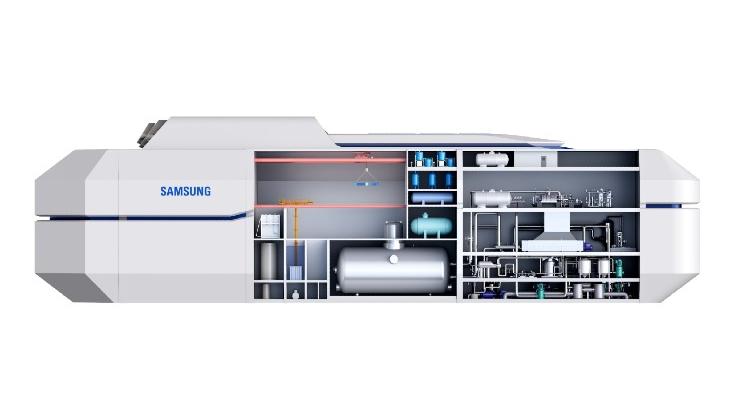
_63865.jpg)
_18570.jpg)
_16159.jpg)

